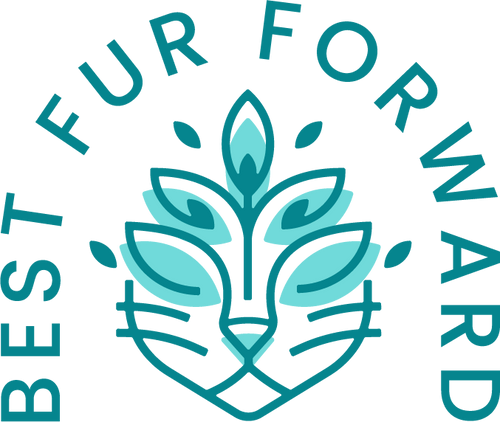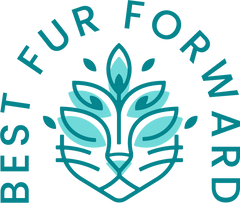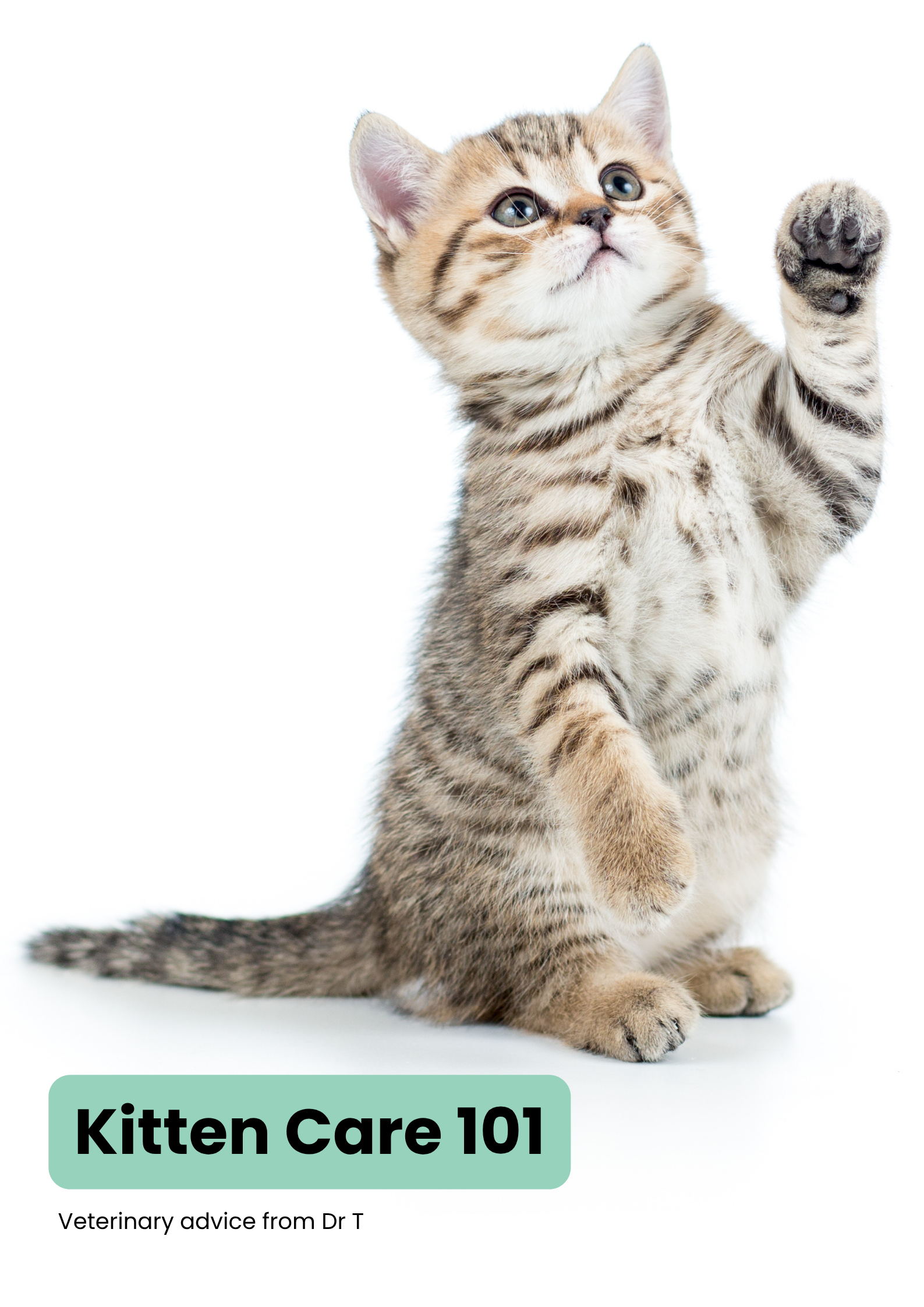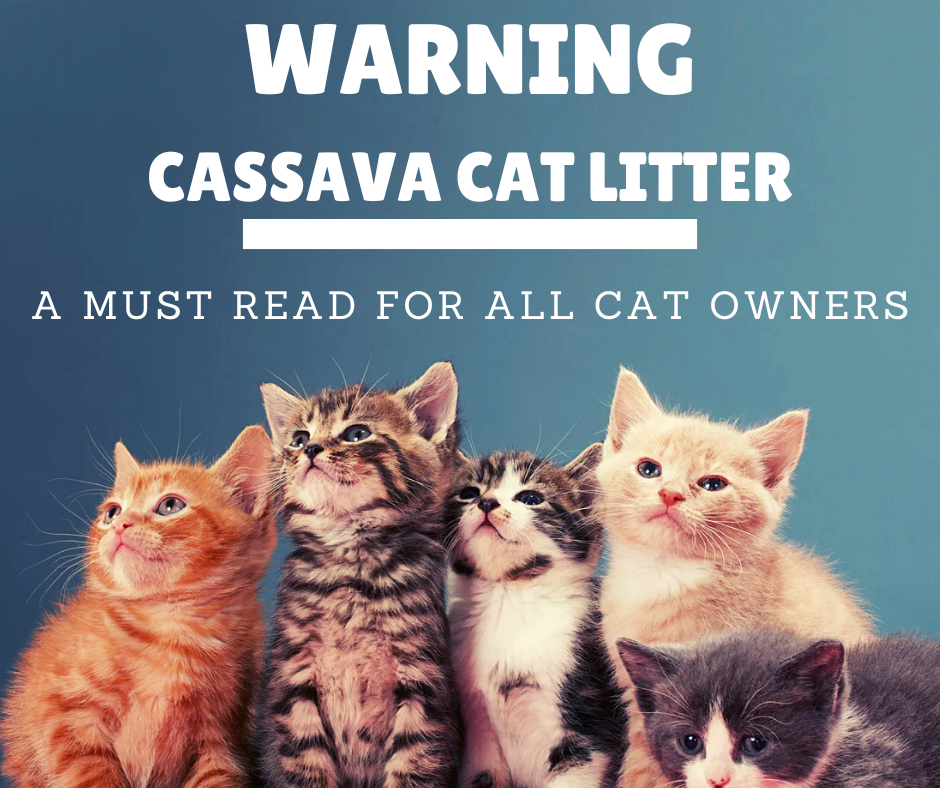How to Home Compost (Yes - Even Your Cat's Litter)
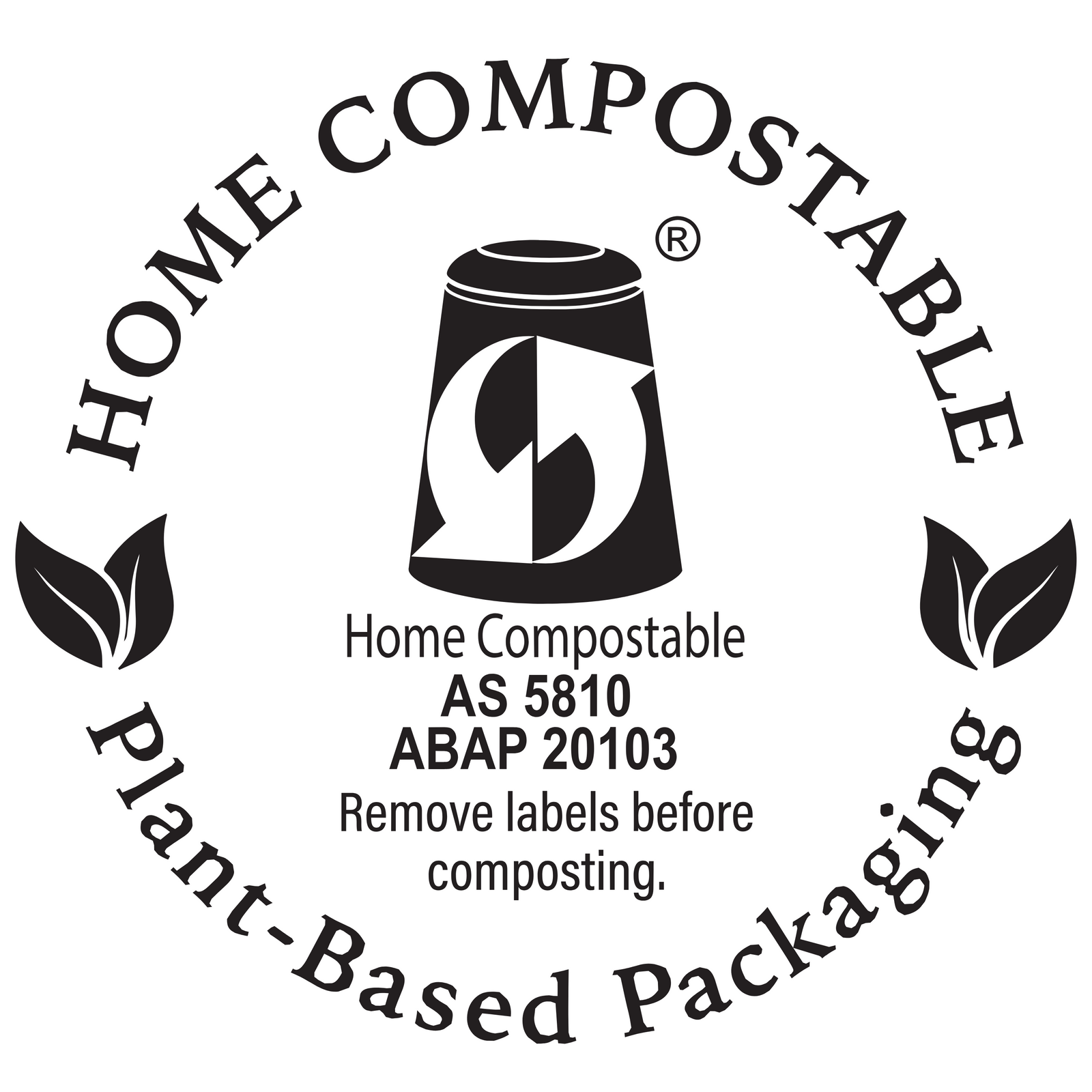
🌱 How to Home Compost (Yes — Even Your Cat’s Litter!)
At Best Fur Forward, we believe cat care and planet care can go paw-in-paw. That’s why our packaging and litter are designed to break down naturally — without the guilt, the waste, or the mess.
Our packaging is certified by the Australian Bioplastics Association (ABA) for home compostability. This means it’s undergone stringent, science-backed testing to ensure it breaks down safely and completely, even in your backyard compost.
In landfill conditions, it typically biodegrades within 1–2 years — compared to traditional plastic, which can take 400+ years to decompose and often leaves behind microplastics that persist in the environment.
But if you’ve never composted before (or if you’re wondering “can I really compost cat litter?”) — this guide is for you!
🥕 What is home composting?
Home composting is a natural way to recycle organic waste — like veggie scraps, garden trimmings, and paper — into nutrient-rich soil. It reduces landfill waste, lowers your carbon pawprint, and makes your garden happy.
And yes, with a few simple guidelines, you can compost our packaging and even our tofu cat litter too!
📦 Composting Our Packaging
Our litter bags are made from certified home-compostable materials — which means they’re designed to break down in your backyard bin or compost heap. No microplastics. No hidden nasties.
✅ Here's how to compost our packaging:
1. Tear or cut the bag into smaller pieces — the smaller the better for faster breakdown.
2. Add to your home compost bin or compost tumbler.
3. Mix with "green" material (like fruit peels or fresh leaves) to balance it out.
4. Keep the compost aerated and moist, just like a sponge.
5. In 90–180 days, it should fully break down into soil.
♻️ Our packaging is certified to Australian Standard AS5810, so you can compost with confidence.
🐱 Composting Our Matcha Tofu Cat Litter
Our litter is made from natural soy pulp (tofu), making it plant-based, biodegradable, and compost-friendly. However, because it comes into contact with animal waste, you’ll want to follow a few important safety steps.
✅ Here's how to do it right:
1. Scoop only the solid waste and flush or bin it separately — do NOT compost feces unless you're using a separate system for non-edible plants.
2. Add the used clumps of litter soaked with urine to a separate compost bin labelled for non-edible use (great for trees, shrubs, or ornamentals).
3. Let it compost for 6–12 months — turning occasionally and mixing with garden waste, dry leaves, or shredded cardboard.
4. Never use compost containing animal waste on your veggie garden — just in case.
🌿 The tofu litter breaks down beautifully when managed this way — it’s clean, low-odour, and guilt-free.
💡 Tips for Composting Success
• Keep your compost balanced: Mix "greens" (wet stuff like veggie peels or urine-soaked litter) with "browns" (dry stuff like shredded paper or leaves).
• Avoid adding too much at once — compost is best when layered slowly.
• If it smells bad, it probably needs more air or dry material. Stir it up!
🐾 The Bottom Line
Every clump, every scoop, and every empty bag is a chance to care for the planet — not add to the landfill. With just a little composting know-how, you can turn your cat’s routine into a powerful eco habit.
If you're just starting out, don't stress — even one bag composted is a win. 💚
📬 Got compost questions?
Send us a message at support@bestfurforward.com.au or chat to Dr. Tanya on Instagram @bestfurforward — we’re here to help you and your cat tread a little lighter.
